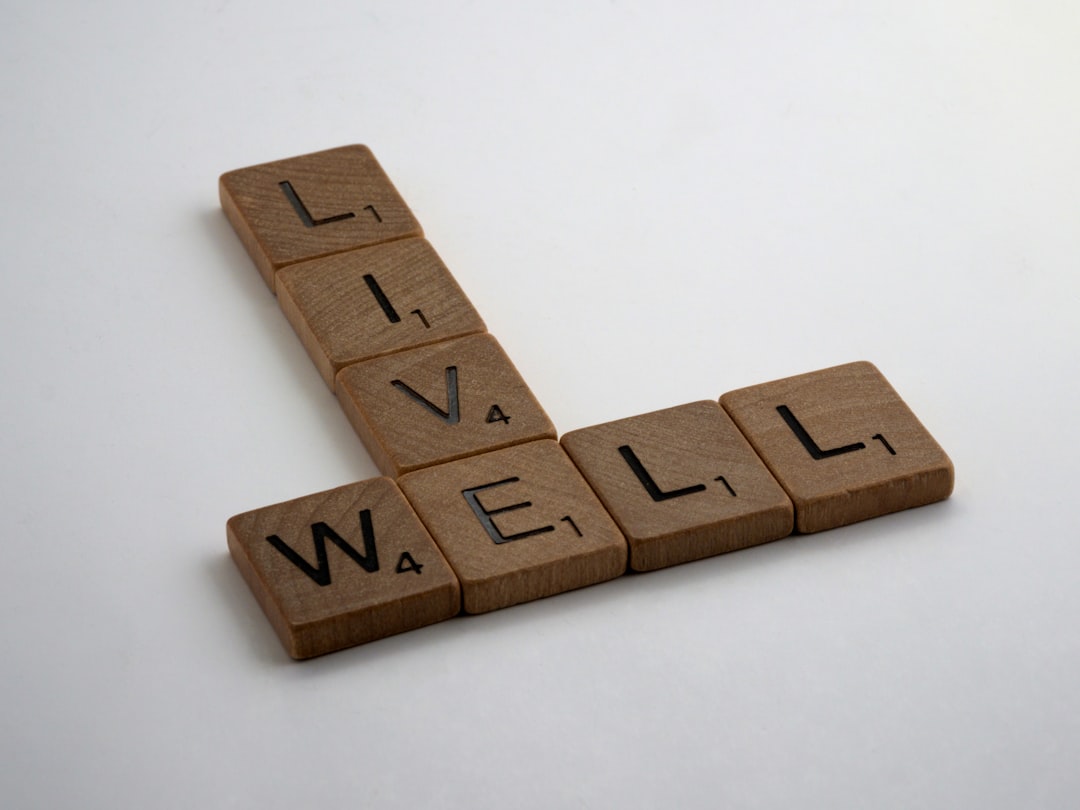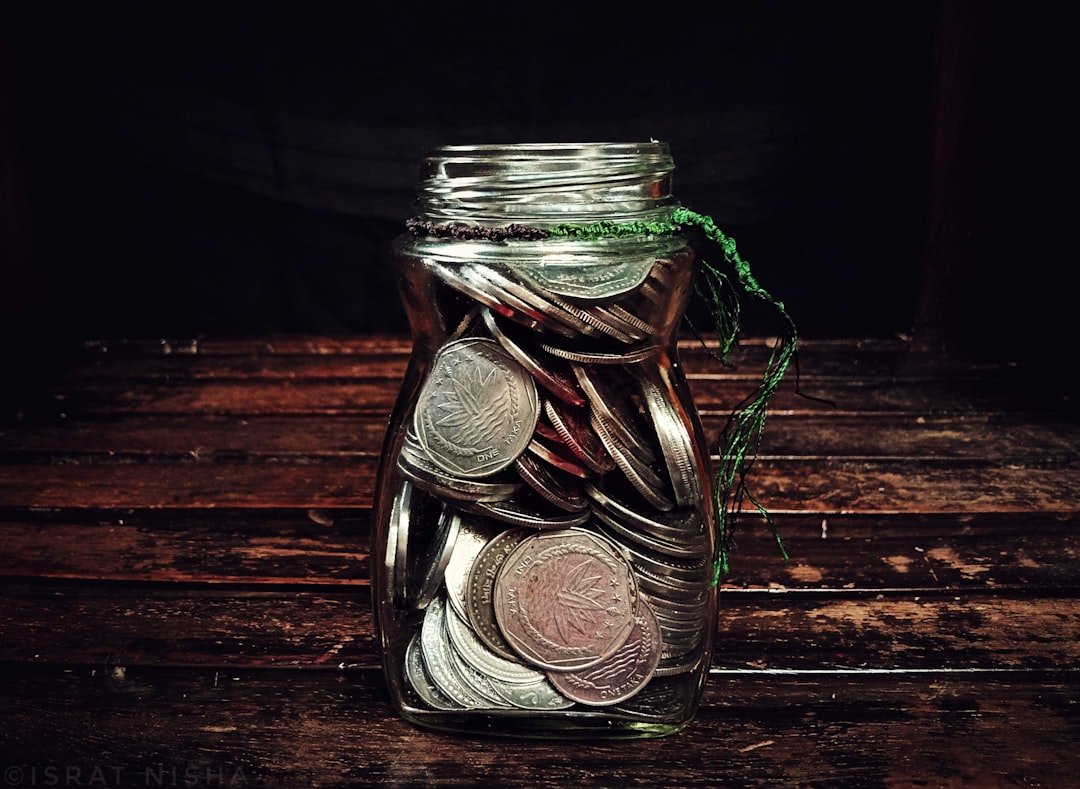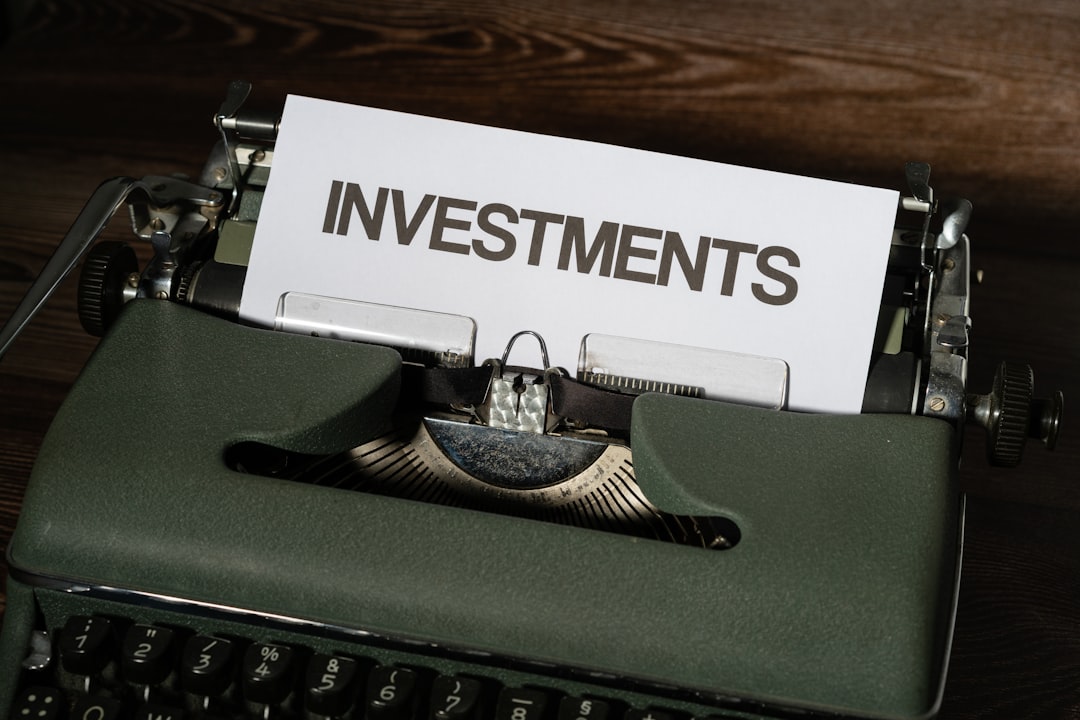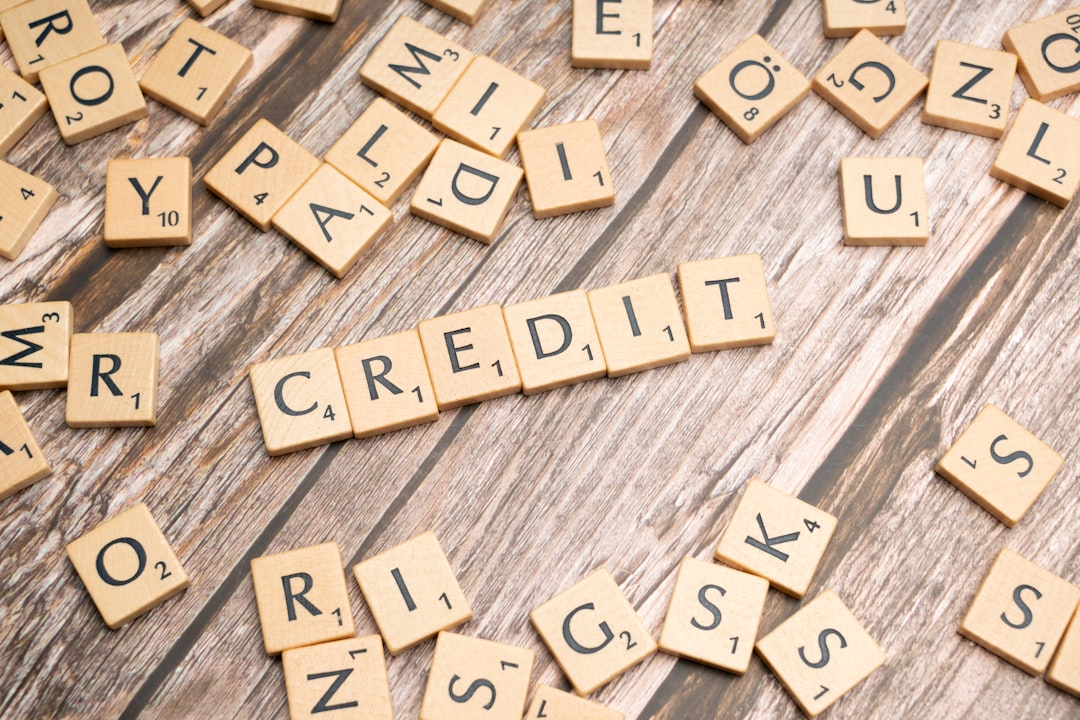
Your Complete Guide to Financial Wellness in 2025

Financial wellness isn't just about having money in the bank — it's about feeling confident and in control of your financial life. In today's complex economic landscape, achieving true financial wellness requires a comprehensive approach that goes beyond basic budgeting to encompass mindset, habits, and long-term planning.
This guide will help you build a strong foundation for lasting financial health, providing you with practical strategies, actionable insights, and the tools needed to transform your relationship with money. Whether you're just starting your financial journey or looking to optimize your existing approach, these principles will serve as your roadmap to financial freedom.
What is Financial Wellness?

Financial wellness is a holistic state of financial health that encompasses multiple dimensions of your monetary life. It's not simply about accumulating wealth, but about creating a sustainable, stress-free relationship with money that supports your overall well-being and life goals.
Financial wellness means living within your means without constant financial stress, having emergency savings to handle unexpected expenses, and planning for the future with clear, achievable goals. It's about feeling financially secure in your day-to-day decisions and making informed money choices based on facts, not emotions.
Why Financial Wellness Matters More Than Ever
In 2025, the financial landscape presents unique challenges. Economic volatility requires more robust emergency planning, while inflation affects purchasing power and long-term financial planning. Technology offers new tools but also new risks, and social media creates comparison pressure that can lead to poor spending decisions.
Studies show that financial stress affects 72% of adults, impacting mental health, relationships, and job performance. Achieving financial wellness isn't just about money — it's about creating peace of mind and freedom to pursue your dreams.
The Foundation: Budgeting and Emergency Planning

A well-structured budget is the cornerstone of financial wellness. It's not about restriction — it's about intentional allocation of resources to support your priorities and goals. The enhanced 50/30/20 framework provides a solid starting point: 50% for needs, 30% for wants, and 20% for your financial future.
Your emergency fund serves as your financial insurance policy against life's unexpected events. Start with $1,000-$2,500 as a starter fund, then build toward 3-6 months of expenses. This safety net provides peace of mind and prevents debt accumulation when facing financial surprises.
Emergency Fund Building Strategy:
- Phase 1: Starter fund of $1,000-$2,500
- Phase 2: Full fund covering 3-6 months of expenses
- Phase 3: Extended fund for entrepreneurs or irregular income
Use BuyBye's AI-powered categorization to automatically track and analyze your spending patterns, making budget management effortless and accurate.
Debt Management and Wealth Building

Strategic debt management accelerates your path to financial freedom. Focus on high-interest debt first using the avalanche method, or build momentum with the snowball method by tackling smallest balances first. The key is choosing one approach and sticking with it consistently.
Beyond emergency funds, systematic saving and investing create long-term wealth and financial security. Start with employer 401(k) matching, then focus on paying off high-interest debt before expanding your investment portfolio. Simple index funds offer diversification and low fees, making them ideal for most investors.
Investment Account Priority:
- Emergency fund in high-yield savings
- Employer 401(k) match
- High-interest debt payoff
- IRA contributions
- Taxable investment accounts
Building Healthy Money Habits

Sustainable financial wellness comes from consistent daily habits rather than sporadic bursts of financial activity. These habits compound over time to create lasting change.
Implement a morning financial check-in by reviewing account balances and setting spending intentions for the day. End each day by logging expenses and reflecting on purchases for alignment with goals. Schedule a weekly "financial power hour" to review all accounts, reconcile statements, and plan upcoming expenses.
Monthly comprehensive reviews help you calculate net worth, analyze spending patterns, and adjust your budget based on actual spending. Quarterly tune-ups allow for investment rebalancing, insurance updates, and tax planning preparation.
Your 90-Day Action Plan
Getting started can feel overwhelming, but breaking it down into manageable steps makes financial wellness achievable. This structured approach helps you build your financial foundation systematically.
Month 1: Foundation Building
- Week 1: Complete financial reality check and calculate net worth
- Week 2: Create your budget using the 50/30/20 framework
- Week 3: Start emergency fund with automatic weekly transfers
- Week 4: Develop debt elimination strategy
Month 2: System Optimization
- Week 5: Review and optimize insurance coverage
- Week 6: Begin investment basics with employer 401(k)
- Week 7: Implement credit optimization strategies
- Week 8: Set specific, measurable financial goals
Month 3: Habit Formation
- Week 9: Establish daily financial check-in routines
- Week 10: Implement weekly financial review systems
- Week 11: Conduct first monthly comprehensive review
- Week 12: Plan for long-term success and celebrate progress
Success Tips:
- Focus on one week at a time to avoid overwhelm
- Use BuyBye's AI insights to track your progress
- Celebrate small wins along the way
- Don't be afraid to adjust timelines based on your situation
Measuring Your Progress
Track your financial wellness progress with both quantitative metrics and qualitative improvements. Key indicators include net worth growth, savings rate percentage, debt-to-income ratio improvement, and emergency fund adequacy.
Monitor monthly metrics like budget variance and goal progress, conduct quarterly reviews of investment performance and credit health, and perform annual comprehensive planning sessions to ensure your financial strategies evolve with your life circumstances.
Conclusion: Your Financial Wellness Journey
Financial wellness is within reach for anyone willing to commit to the process. It doesn't require perfection or extraordinary income — it requires intention, consistency, and patience. Start where you are, use what you have, and do what you can.
The strategies outlined in this guide provide a comprehensive framework for building lasting financial health. Remember that financial wellness is deeply personal. What works for others may not work for you, and that's perfectly okay. The key is finding sustainable approaches that align with your values, goals, and life circumstances.
Ready to start your financial wellness journey? Download BuyBye today and get AI-powered insights to help you make smarter financial decisions. Our technology analyzes your spending patterns, provides personalized recommendations, and helps you stay on track toward your financial goals.
Your future self will thank you for the financial discipline and intentionality you develop today. The peace of mind that comes from financial wellness is invaluable, and it begins with a single decision to take control of your financial future.


